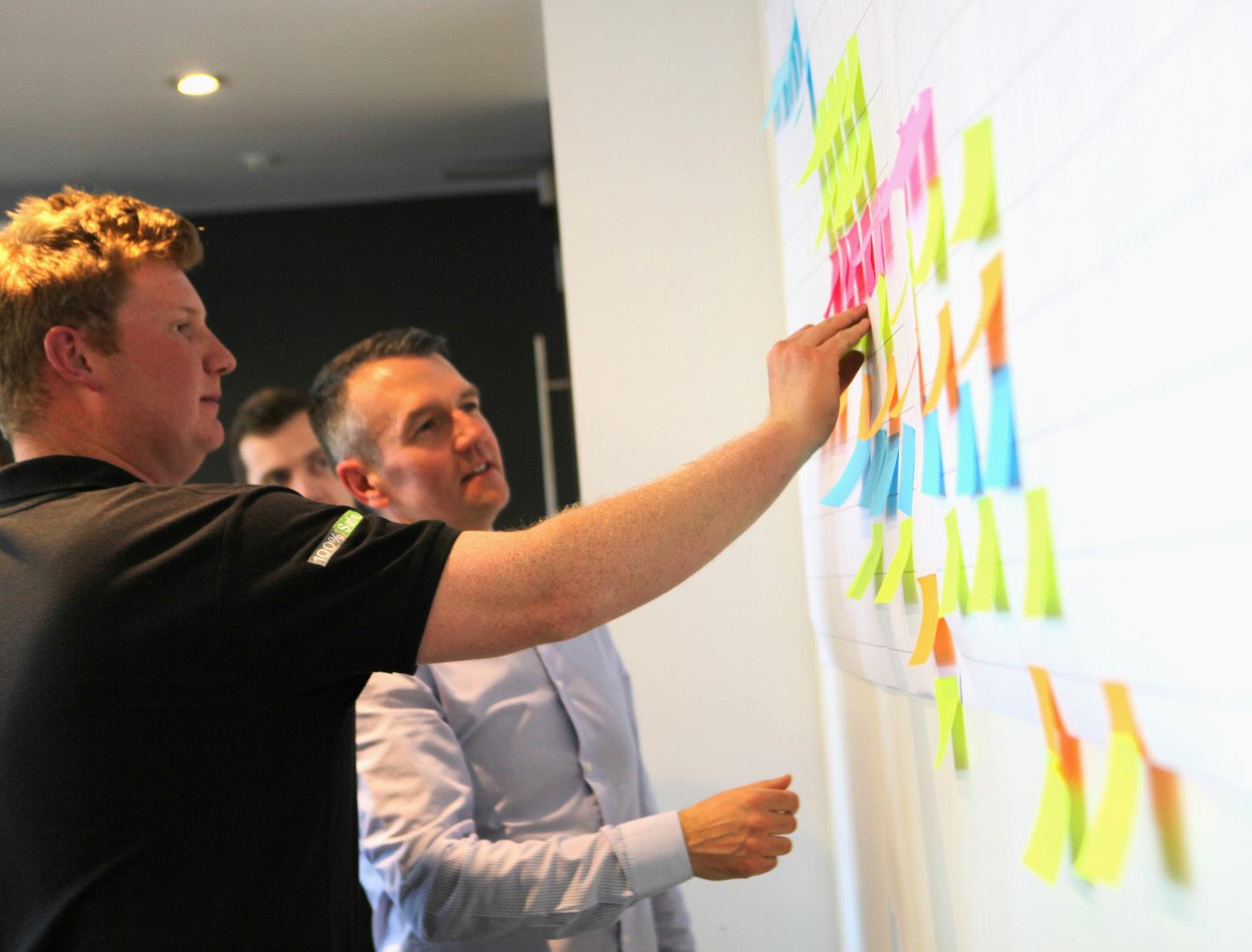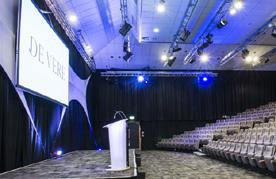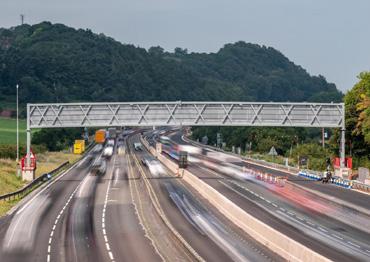
4 minute read
HOW MORGAN SINDALL INFRASTRUCTURE IS CREATING A SUSTAINABLE FUTURE
from Insight Issue 15
Growing natural capital In April 2022, Morgan Sindall Infrastructure colleagues visited Blenheim Estate to plant dozens of oak saplings to help create the nine new woodlands.

Morgan Sindall - Creating a sustainable future
Morgan Sindall Infrastructure is one of very few companies in the industry to take a more holistic and sustainable approach to be a responsible business. For several years, the company has been collaborating to tackle the challenges of decarbonisation and sustainability.
Most recently, the business formalised its commitment to achieving net-zero by 2030 by introducing its carbon strategy and net-zero pathway. These have enabled Morgan Sindall Infrastructure to identify behavioural and cultural change areas and hotspots within the business influencing policy changes and associated programmes. One major challenge the business has faced is the need to decarbonise its car fleets. In April 2021, Morgan Sindall Infrastructure implemented a policy change that removed the option to purchase petrol and diesel vehicles as part of its company car scheme. This meant that colleagues could only order

hybrid, plug-in hybrid, or battery electric vehicles from all manufacturers. Based on the current adoption rate, modelling shows that its company car fleet will be 100% zero emissions by 2027, at the latest.
The company is also challenging itself on how to reduce the emissions associated with its commercial vehicles, investing in a journey planning mapping tool to assess the feasibility of electrifying the fleet. This has led to 10% of its commercial fleet moving to electric and the entire fleet having Euro 6 compliant engines.
The use of fuel on projects is also a significant source of emissions. Morgan Sindall Infrastructure implemented a fuel hierarchy with the ambition to operate fuel-free sites. This first level focuses on using renewable energy to provide power and ensuring a battery or electric plant and equipment are selected. The next level of the hierarchy looks at hybrid equipment, with Morgan Sindall Infrastructure recently investing in a fleet of hybrid tower lights that have been rolled out across its projects. If electric or hybrid plant and equipment are unavailable, alternative fuel, such as HVO, is sourced. Diesel is used as a last resort.
When it comes to reducing carbon emissions on sites, the business has worked collaboratively to develop a carbon calculator, CarboniCa, which monitors and measures whole-life carbon emissions associated with a project. The tool enables the completion of carbon assessment calculations throughout every stage of a project, but crucially, and a differentiator to others, it also provides a supporting report that includes recommendations for carbon reductions within the project.
Simon Smith, Morgan Sindall Infrastructure’s managing director, said: “We believe in connecting people, places and communities through innovative and responsible infrastructure, and an essential element of enabling us to achieve this is reducing our carbon impact. “We are driven by working collaboratively with our people, customers, supply chain and wider industries to embrace best practices to create a positive legacy for all.”
Morgan Sindall Infrastructure fosters an innovative and supportive culture where challenge, curiosity and bold ideas are welcomed to help advance more efficient, safe, resilient, and lower carbon infrastructure. In 2021, it launched the ‘Great Green Challenge’ – an innovation programme designed to generate ideas around nine carbon-intensive challenges currently facing the business and industry. Tina Catling, Innovation Director at Morgan Sindall Infrastructure, led the programme: “The challenge brought together senior leaders, subject matter experts, graduates and external partners with the aim to generate ideas around nine challenges which included plant electrification, alternative fuels, steel and concrete, procurement, and behaviour change. We’re progressing these ideas, and it’s exciting to see the positive changes and benefits these will bring in the future.”
Work to improve the environment also continues for Morgan Sindall Infrastructure, part of Morgan Sindall Group, who has formed a partnership with the Blenheim Estate in Oxfordshire. The Group is planting more than a quarter of a million trees to create nine new woodlands, known as the Dorn and Glyme Valley Woodlands, as part of a 25-year commitment.






L!ve is back for 2022building upon its growing
reputation as the industry's only sector specific Health and Safety event with a relevance to every level at every organisation within the supply chain.













